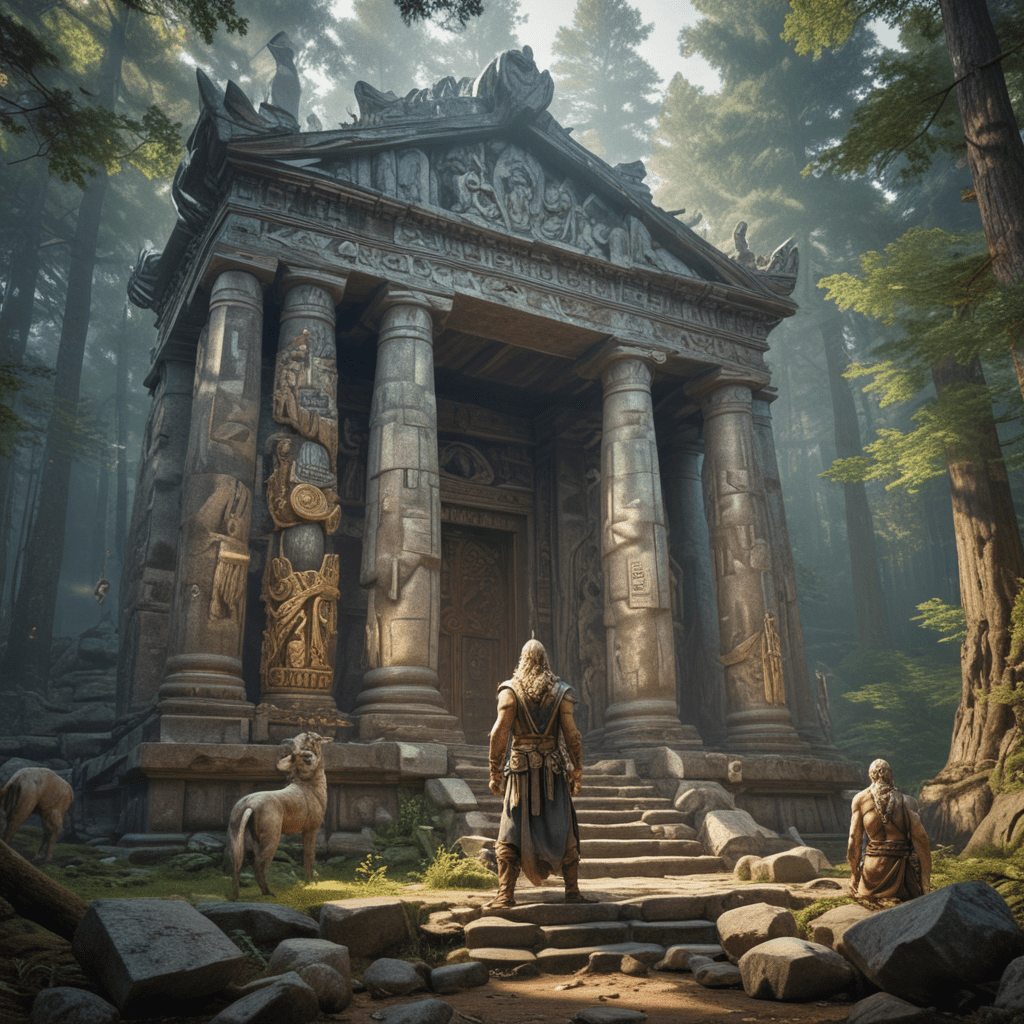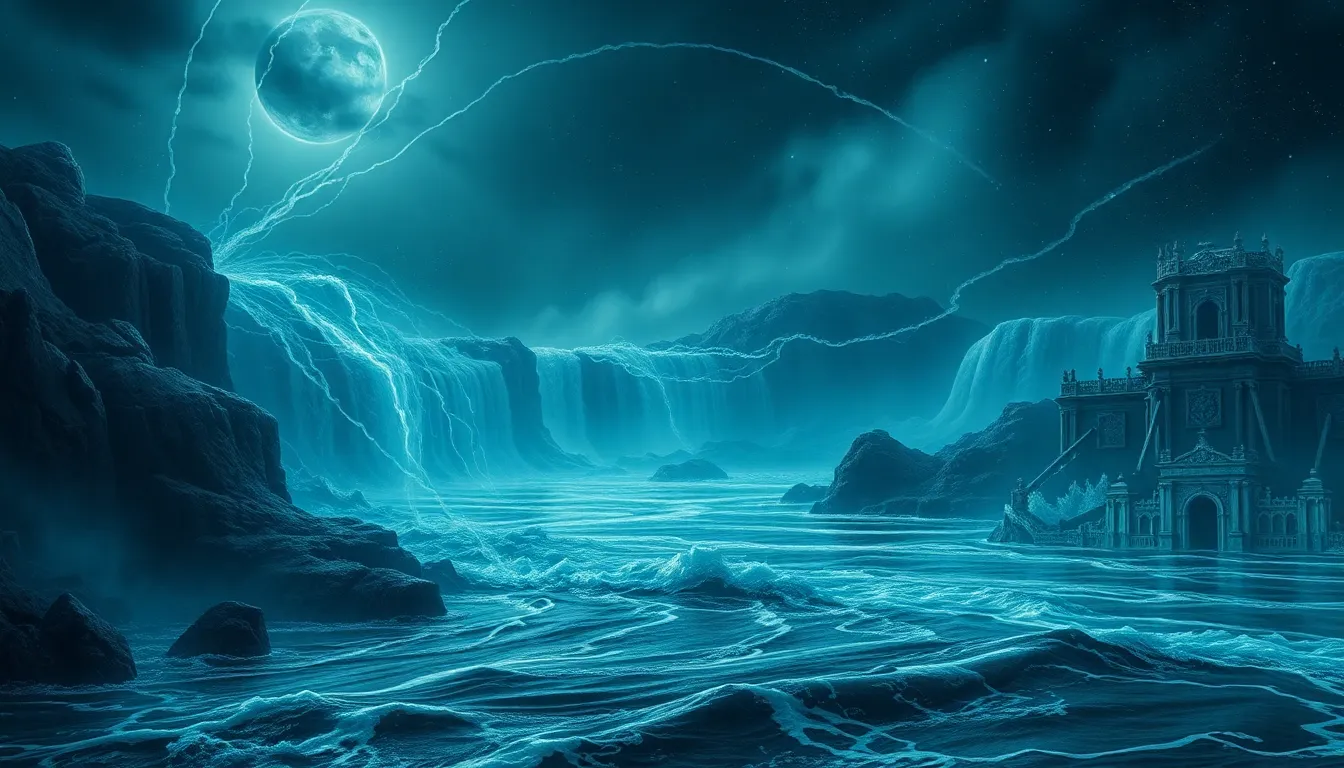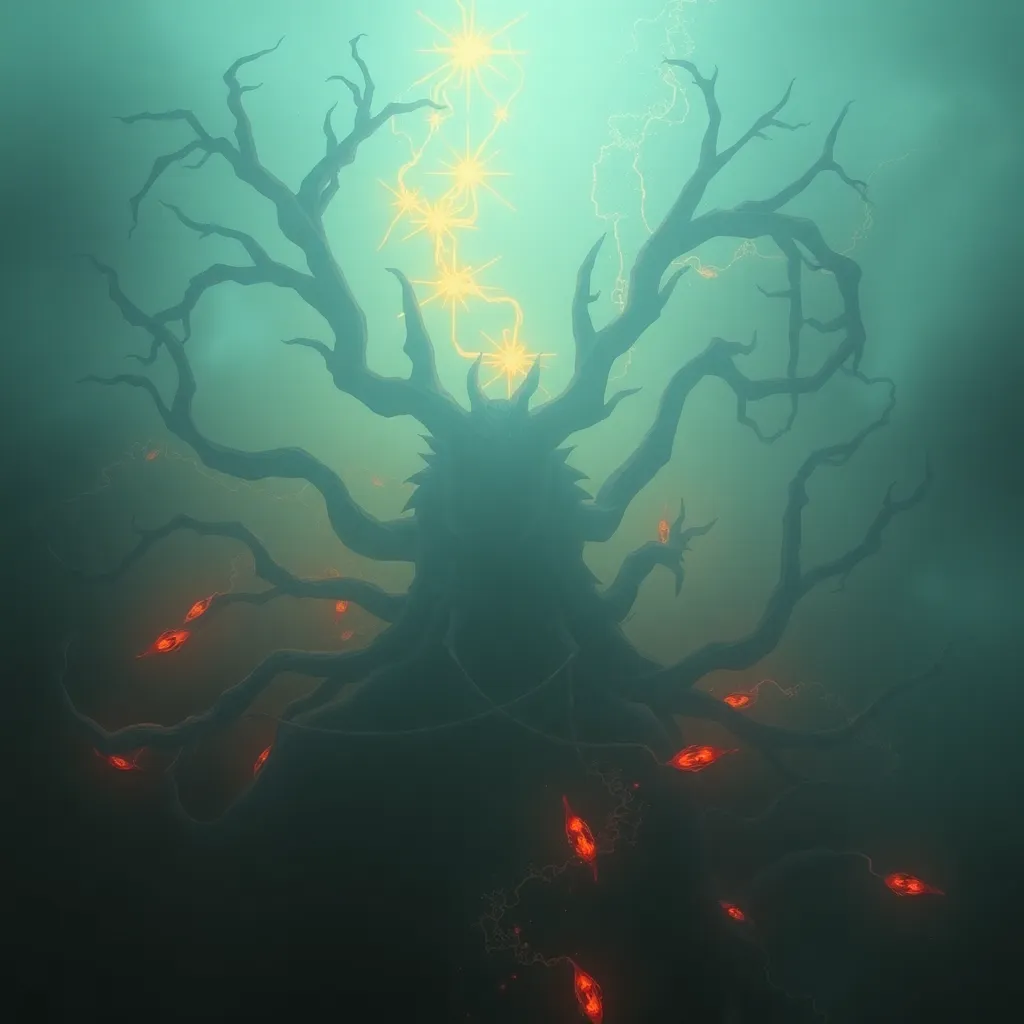Finnish Mythology: Legends of the Sacred Temples
Introduction:
Journey into the enchanting world of Finnish mythology, where sacred temples hold an enigmatic place in ancient beliefs and legends. These hallowed grounds, shrouded in mystery and folklore, form the cornerstone of Finnish spirituality and provide a glimpse into the realm of gods, spirits, and the creation of the world itself.
Creation Myth:
In the beginning, according to Finnish mythology, there was only an endless void of water and air. From these primordial elements emerged the first beings: Väinämöinen, the wise and powerful creator, Ilmatar, the celestial maiden, and Joukahainen, the enigmatic trickster. Together, they embarked on a perilous journey to create the world, shaping the land, giving birth to plants and animals, and establishing the cosmic order.
Sacred Groves:
The ancient Finns held a deep reverence for nature, with forests embodying the sacred realm. Within these enchanted groves, towering trees served as temples to the gods, where spirits dwelled, and rituals were performed. Offerings were made to ensure harmony with nature, and the forest's peace was considered essential for the well-being of the community.
Temples of Ukko:
Ukko, the supreme god of the Finnish pantheon, commanded the skies and thunder. His sacred temples, often located atop hills or mountains, were believed to be the gateways to his heavenly abode. These temples served as places of worship and sacrifice, where people sought favor and protection from the mighty god. The sound of thunder was considered a manifestation of Ukko's presence and wrath.
within the watery depths. These underwater abodes were believed to be located in remote lakes or along the coastline. Fishermen and sailors would make offerings to Ahti in hopes of bountiful catches and safe voyages. Rituals were performed at the water's edge, and sacrifices were cast into the depths to appease the unpredictable sea god.
7. Hiidenkirnu Temples
Hiidenkirnu, giant's cauldrons, are enigmatic natural formations found throughout Finland. These massive potholes, carved by glaciers, were believed to be the work of mythical giants. According to legend, these cauldrons were used as ritual sites, with sacrifices and offerings made to appease the spirits that dwelled within. The rumbling sound of water flowing through the cauldrons was said to be the voice of the giants themselves.
8. Temples of Tuoni
Tuoni, the god of death, ruled over the underworld realm of Tuonela. His sacred temples were believed to be located in desolate and foreboding places, often hidden deep within forests or on the outskirts of villages. Rituals performed at these temples were shrouded in secrecy, and only the most skilled shamans dared to venture into Tuoni's domain. It was believed that those who respected Tuoni and his realm would find passage into the afterlife, while those who disrespected him would face eternal punishment.
9. Rituals and Practices
The sacred temples of Finnish mythology were not merely places of worship; they were also hubs of spiritual practices and rituals. Sacrifices, ranging from animals to precious objects, were offered to the gods in exchange for favor and protection. Ceremonies were performed to mark important events in the community, such as births, marriages, and deaths. Shamans, known as noidat, played a vital role in these rituals, acting as intermediaries between the human world and the divine.
10. Spirit Beings and Guardians
The sacred temples were believed to be inhabited by a multitude of spirit beings and guardians. These entities were seen as protectors of the temples and the surrounding land. Some were benevolent spirits, offering assistance and guidance to those who respected them, while others were more mischievous or even malevolent, demanding sacrifices or causing trouble for those who angered them. By maintaining harmony with these spirits, the community ensured the continued protection and favor of the gods.
Frequently Asked Questions
Q: What is the significance of sacred temples in Finnish mythology?
A: Sacred temples were central to Finnish spirituality, serving as gateways to the divine realm and places where rituals, sacrifices, and ceremonies were performed.
Q: Who were the main gods associated with sacred temples?
A: Ukko, the god of the sky and thunder, Ahti, the god of the sea, and Tuoni, the god of death, had dedicated temples where they were worshipped and appeased.
Q: What types of rituals were performed at sacred temples?
A: Rituals included sacrifices, ceremonies to mark important events, and shamanic practices that facilitated communication with the divine realm.
Q: What were the beliefs surrounding spirit beings and guardians in sacred temples?
A: Sacred temples were believed to be inhabited by benevolent, mischievous, and even malevolent spirits that protected the temples and the surrounding land. Maintaining harmony with these spirits was essential for the community's well-being.
Q: How are sacred temples preserved and celebrated in modern-day Finland?
A: Efforts are made to protect and conserve the historical and cultural significance of sacred temples. Some temples are designated as protected sites, and local communities often hold events and ceremonies to honor their heritage and connection to Finnish mythology.


